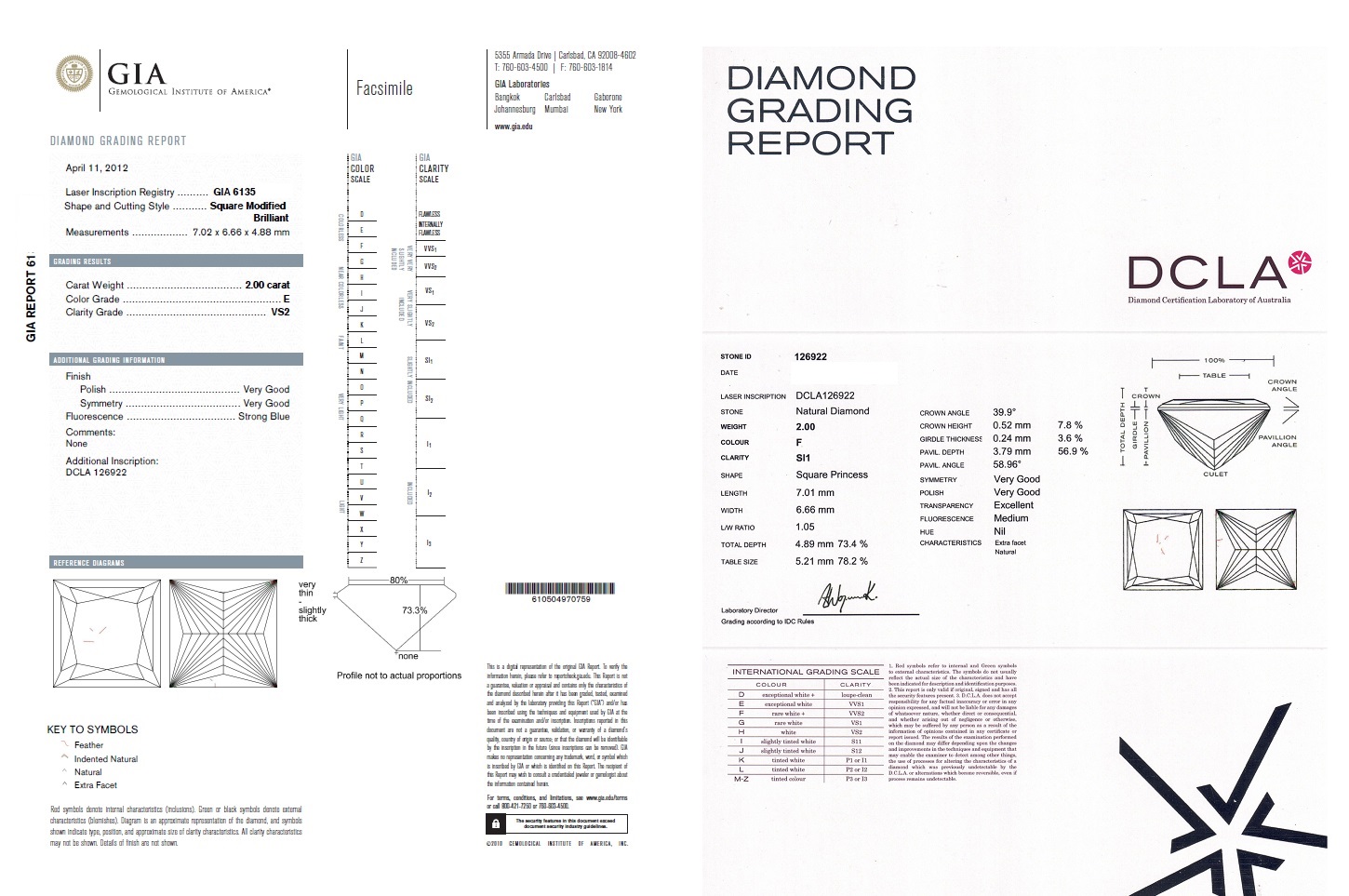Alrosa Concludes Sale of Share in Catoca
Alrosa has concluded the sale of its 41 per cent share in Catoca, Angola's state-controlled diamond miner,[…]
Karelian clears key hurdle for EU’s first diamond mine
Karelian Diamond Resources has registered its Lahtojoki mining concession in the Finnish land registry, advancing its plan[…]
Relief Package for Surat’s Diamond Workers
A limited relief package has been announced for diamond workers and small manufacturing units in Surat.
DCLA to Continue Full Grading of All Diamonds, Including Laboratory-Grown
The Diamond Certification Laboratory of Australia (DCLA) reaffirms its commitment to providing precise and comprehensive grading for[…]
Dazzling Diamonds and Storied Provenance Headline Sotheby’s New York High Jewellery Auction
Sotheby’s New York is set to host an extraordinary High Jewellery auction on 13 June, featuring 110[…]
GIA Moves to Redefine Lab-Grown Diamond Grading, Signaling Clearer Divide from Natural Diamonds
GIA Moves to Redefine Lab-Grown Diamond Grading
World’s Longest Diamond-Stud Necklace
Jewelers based in Dubai have set a world record with a diamond-stud necklace that's 108 meters long.

Why Diamond Grades Can Differ Between Laboratories: Understanding Colour and Clarity Variations
The difference in diamond grading between laboratories like GIA (Gemological Institute of America) and DCLA (Diamond Certification[…]
Graff Opens Huge Store in Las Vegas
Graff has opened its biggest store in North America, at the Fontainebleau Las Vegas luxury resort and
